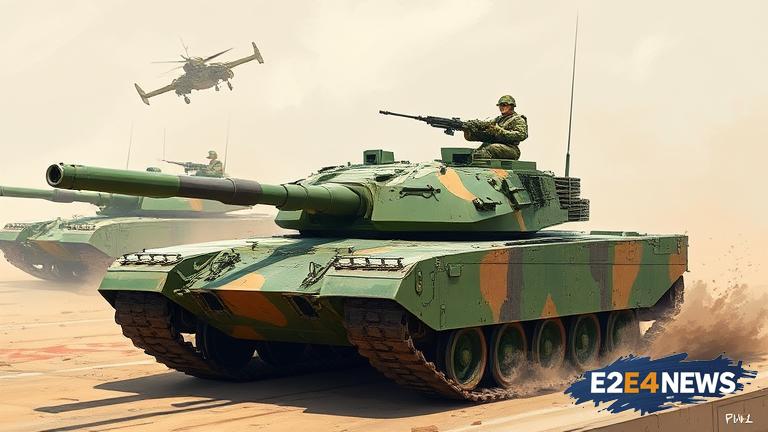The People’s Liberation Army (PLA) has been rapidly modernizing its military capabilities in recent years, with a focus on developing advanced defence equipment. However, despite the significant investments made, the combat readiness of Chinese defence equipment remains highly doubtful. Several factors contribute to these doubts, including the lack of transparency in the Chinese military’s procurement and development processes. The PLA’s emphasis on domestic production has also raised concerns about the quality and reliability of its equipment. Furthermore, the Chinese military’s limited experience in actual combat situations has led to questions about its ability to effectively utilize its defence equipment in real-world scenarios. The country’s military doctrine, which prioritizes asymmetric warfare and cyber warfare, has also sparked concerns about the PLA’s ability to engage in conventional warfare. In addition, the PLA’s logistics and supply chain management have been criticized for being inadequate, which could hinder the effective deployment and maintenance of its defence equipment. The Chinese military’s reliance on foreign technology has also raised concerns about the potential for intellectual property theft and the risk of dependence on foreign suppliers. The PLA’s naval capabilities, in particular, have been subject to scrutiny, with concerns about the effectiveness of its aircraft carriers and submarines. The Chinese air force has also faced criticism for its limited capabilities, including its lack of stealth technology and advanced avionics. The country’s missile defence systems have also been questioned, with concerns about their ability to effectively counter advanced missile threats. Despite these concerns, the Chinese military has continued to invest heavily in its defence equipment, with a focus on developing advanced technologies such as artificial intelligence and hypersonic missiles. The PLA’s military modernization efforts have been driven by a desire to become a global military power, with a focus on protecting Chinese interests abroad. However, the country’s military expansion has also raised concerns about regional stability and the potential for conflict with neighbouring countries. The Chinese military’s activities in the South China Sea, in particular, have been subject to scrutiny, with concerns about the country’s territorial claims and its treatment of neighbouring countries. The PLA’s military exercises and training programs have also been criticized for being overly aggressive and provocative. The Chinese military’s use of advanced technologies, such as drones and cyber warfare, has also raised concerns about the potential for unconventional warfare. In conclusion, while the Chinese military has made significant strides in modernizing its defence equipment, the combat readiness of its equipment remains highly doubtful. The PLA’s limited experience in actual combat situations, combined with concerns about the quality and reliability of its equipment, has raised questions about its ability to effectively utilize its defence equipment in real-world scenarios. As the Chinese military continues to invest in its defence equipment, it is likely that concerns about its combat readiness will persist. The international community will be watching closely to see how the PLA addresses these concerns and whether it can effectively demonstrate the combat readiness of its defence equipment. The Chinese military’s ability to address these concerns will have significant implications for regional stability and the global balance of power. The PLA’s military modernization efforts will also have significant implications for the country’s economic development and its ability to project power abroad. As the Chinese military continues to evolve, it is likely that its defence equipment will play an increasingly important role in its military strategy. However, the combat readiness of this equipment will remain a critical factor in determining the PLA’s overall military effectiveness.





